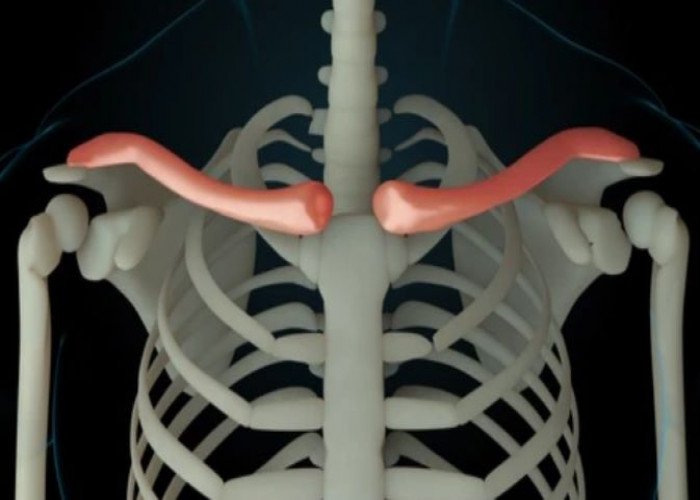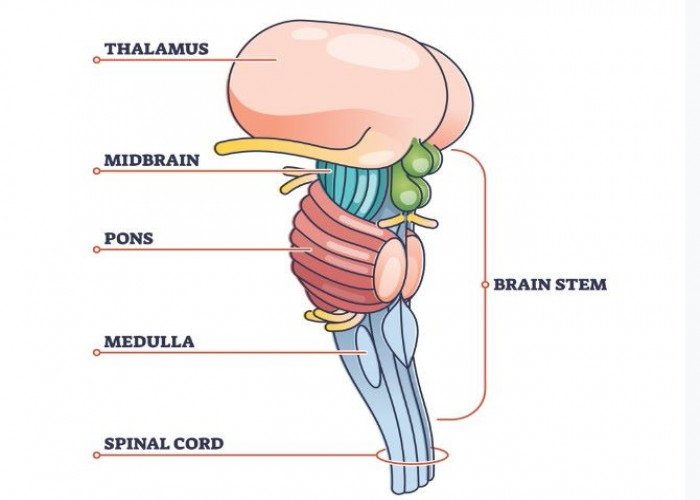 Welcome
Welcome
“May all be happy, may all be healed, may all be at peace and may no one ever suffer."
- A
- B
- C
- D
- E
- F
- G
- H
- I
- J
- K
- L
- M
- N
- O
- P
- Q
- R
- S
- T
- U
- V
- W
- X
- Y
- Z
Stomach - Diseases
The stomach is a muscular, sac-like organ located in the upper left side of the abdomen, just below the diaphragm. It is part of the digestive system and plays a key role in the breakdown of food.
The stomach receives food from the esophagus and mixes it with digestive juices, such as hydrochloric acid and enzymes, to break down the food into smaller particles. This process is known as mechanical and chemical digestion.
The stomach has several layers of muscle that churn and mix the food with the digestive juices, creating a semi-solid mixture called chyme. The chyme then passes through the pyloric sphincter and enters the small intestine, where further digestion and absorption of nutrients occur.
The stomach also plays a role in the immune system, as it produces mucus and other substances that help to protect the stomach lining from damage caused by stomach acid and enzymes.
Several conditions can affect the stomach, including ulcers, gastritis, and gastroesophageal reflux disease (GERD). Symptoms of stomach problems may include abdominal pain, nausea, vomiting, and indigestion. Treatment for stomach problems may involve medication, dietary changes, or in some cases, surgery.

Collarbone

Nose

Brain

Pons Brainstem

Vulva

N/A

Parathyroid glands

Lens Eye
Stomach, Abdominal pain, পেট
To be happy, beautiful, healthy, wealthy, hale and long-lived stay with DM3S.

















